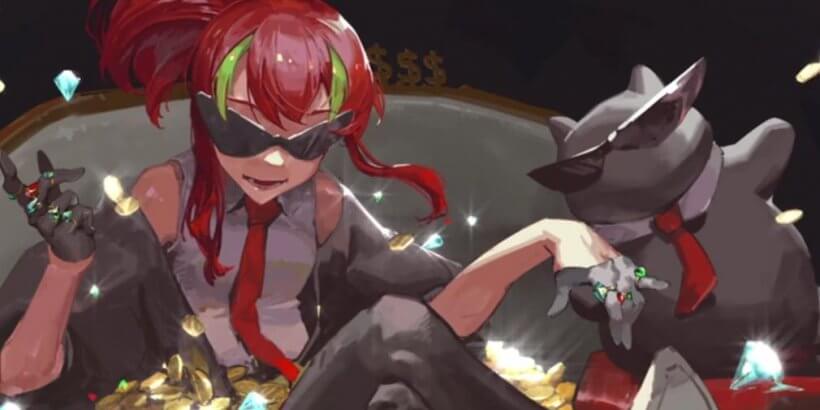Gacha games have rapidly become a dominant genre in the gaming world, blending randomized item collection with compelling gameplay. Inspired by Japanese capsule toy machines, these games offer users a thrilling chance-based experience—whether it’s drawing rare characters, unlocking powerful items, or completing collections. Their addictive design and monetization potential make them an excellent opportunity for developers and entrepreneurs alike.
If you’ve ever thought about launching one, you’ll be glad to know it’s possible to build your own Gacha game in just 2 weeks—provided you keep your project focused, leverage the right tools, and follow a streamlined development approach.
Table of Contents
Why Gacha Games Work
Gacha mechanics are successful because they tap into the psychology of anticipation and reward. Each “pull” or draw offers a random prize, often categorized by rarity. The thrill of obtaining rare items, combined with limited-time offers, events, and completion goals, keeps users coming back.
Essential Development Steps
- Concept Planning
Start by defining your theme and collectible mechanics. Choose what players will draw—characters, weapons, outfits, etc.—and decide the gameplay loop (e.g., RPG battles, card collecting, or casual puzzles). Focus on a minimum viable product (MVP) that’s polished but limited in scope. - Design Gacha Mechanics
Build a rarity system (e.g., 1–5 stars), set transparent drop rates, and include mechanics like pity counters or rate-up banners. A good system balances excitement and fairness to enhance retention. - Choose a Game Engine
Use engines like Unity or Godot to accelerate development. These platforms offer cross-platform support, Gacha-compatible plugins, and a large community. - Leverage Prebuilt Assets
Reduce design time with existing UI kits, character models, and sound effects. Sites like Unity Asset Store and OpenGameArt can help you stay on schedule. - Develop Core Features
Focus on player profiles, currency systems (free and premium), the Gacha draw function, and basic gameplay. Integrate backend tools for inventory tracking, purchase validation, and player data. - Work with a Game Development Company
If you’re short on time or technical resources, consider hiring a game development company. They can provide modular solutions, rapid prototyping, and experienced developers who understand the Gacha model. This ensures quality delivery within tight deadlines and allows you to focus on branding and marketing. - Testing and Feedback
Launch a beta version to test mechanics, fix bugs, and gather player insights. Early feedback is crucial for optimizing drop rates, balancing gameplay, and preparing for full release. - Monetization Strategy
Implement in-app purchases for currency packs, special banners, or subscription models. Offer daily rewards and limited-time promotions to increase engagement and revenue. - Post-Launch Support
Plan for consistent updates, seasonal events, and new content drops. A live ops strategy will keep players invested and generate recurring income.
Final Thoughts
Creating a successful Gacha game doesn’t require years of development. With the right tools, clear direction, and agile execution, you can go from concept to launch in just 14 days. Stick to a realistic scope, focus on polished core features, and listen to player feedback as you grow your game.
If you’re ready to fast-track your Gacha game idea, Antier— a trusted game development company—offers expert solutions to turn your vision into a market-ready product.

